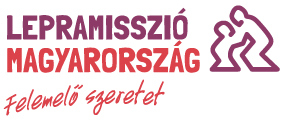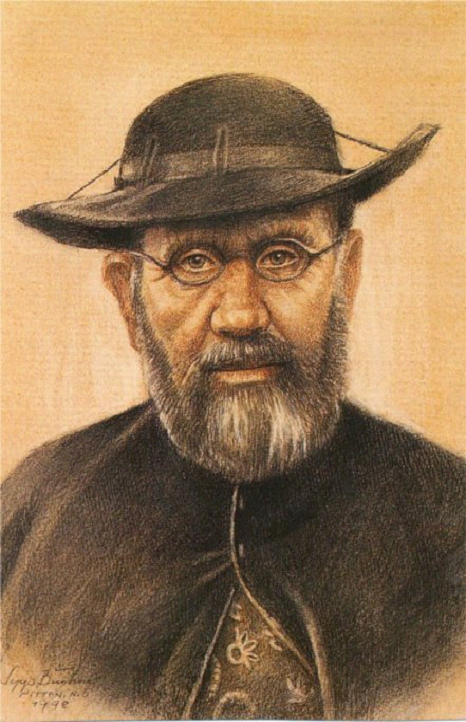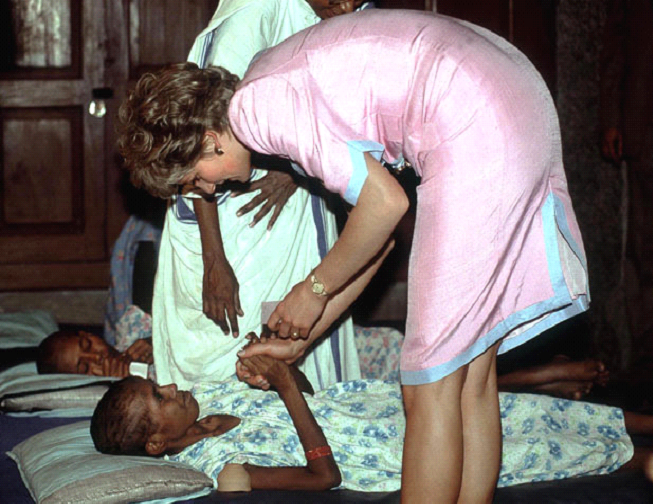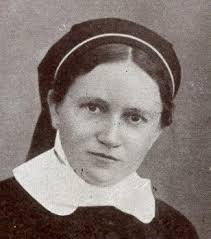Wellesley Cosby Bailey and Alice Bailey
The International Lepramism Mission was founded by a wealthy Irish man, Wellesley Cosby Bailey (1846-1937) and his wife Alice Graham. In his youth, Bailey often visited India and enjoyed the enchanting beauty and riches of the 'fabulous East'. For a long time, all he saw of India was the treasures and riches that could be brought home to Ireland.
In the 1870s, however, his eyes were opened to something else: the immense poverty, the begging lepers scratching their wounds along the roadsides. As a teacher in the village of Ambala, in the Indian state of Punjab, he met leprous beggars every day, and was deeply moved by their misery and hopelessness. From that moment on, his mind was turned around and he could not help wondering: what could he give to India with all the good he had?
This is how he was inspired to work with lepers.
He set out on a mission of charity, which he immediately involved his friends in when he returned home. At their first missionary meeting (1874), held at the Pim Sisters' house in Monkstown, near Dublin, they decided to establish the 'Lepers' Mission of India' with a capital of 30 gold pounds.
By 1917, the year of Bailey's death, the organisation was running 87 programmes in 12 countries!
Father Damján (1840-1889)
He was born Josepf De Veuster in a small Flemish village. In a curious way, the young priestly apprentice became a missionary to lepers: in 1863, Damján set out from Bremen on his long journey to Molokai, Hawaii, in place of his brother Augustus, who had fallen ill with typhus.
On the picturesque island, as everywhere else at the time, lepers were isolated. Poor people were completely on their own. Damian offered the bishop to send him to Molokai. He voluntarily buried himself alive; for there was not even the prospect of his ever returning from Molokai to health. He was thirty-three years old, healthy and strong. He wanted to be everything to the sick: father and brother, doctor, teacher and priest. He belonged to them. He often used this phrase in his speeches: "We lepers!" His fearlessness won him the affection and love of the outcasts. When a typhoon destroyed the squalid huts, he worked with the sick to erect new, clean wooden houses for them. He also built a hospital for those who could no longer help themselves, and two orphanages for children who had to live on the island without family. Damian even tried to alleviate the fear of death by ensuring that the dead were given a dignified burial.
As early as 1877, he noticed small white spots on his arms. He knew that these were the first signs of leprosy. He was now very much like his beloved children: his face was puffy, his ears swollen and misshapen, his eyes red, his voice hoarse. In time, his strength gave way. He died on the night of 15 April 1889. Lepers buried him under a tall tree under which Damján spent his first night in Molokain. His tombstone reads: 'A devotional tribute to the venerable Father Damján De Veuster, who died a martyr of charity.' His ashes were transported home to Belgium in 1936.
Mother Teresa of Calcutta
Mother Teresa (née Agnes Gonxha Bojaxhiu, 1910-1997), of Albanian origin but who gave her life to India, reached out to the most underprivileged through the example of her blessed life and the "Missionaries of Charity" she founded. He called those who have nothing, born, live and die on the streets of India, the "poor of the fourth world". Among them are many people with leprosy, a disease of abject poverty.
Mother Teresa is one of the giants of humanity. Her blessed example needs no introduction, only emulation!
One of his wonderful sentences was:
"If you regret that you cannot help the misery of the whole world, help one man."
Let's take this easy-to-use, yet world-transforming advice and practice it as much as possible!
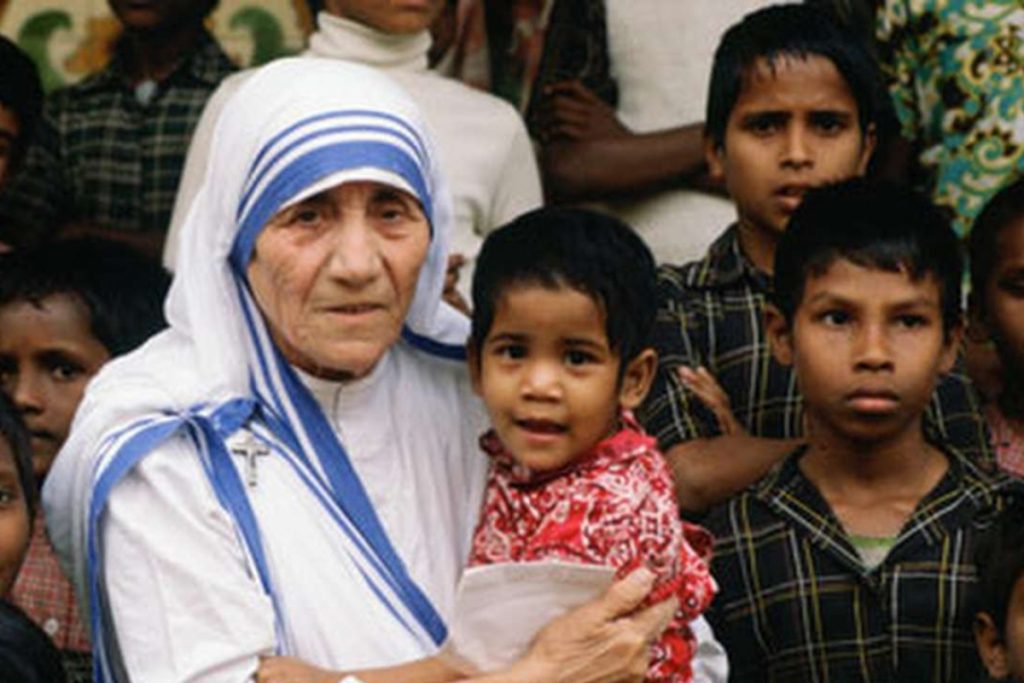
Diana, Princess of Wales
In her short life on earth (1961-1997), Diana, Princess of Wales, did a lot of good for a lot of people. Her charitable spirit, her compassion for the destitute, led her to focus her charitable activities on the most deprived. This is how she became the patron of the International Lepramism Mission.
In this capacity, he has not only given and channeled huge donations, but has also done a great deal for leprosy victims through his personal example. He has visited two of our hospitals: the Anandaban hospital in Nepal and the leprosy mission hospital in Kolkata, India. Here, too, he went beyond the usual boundaries with his courageous and often revolutionary behaviour to help: he sat on patients' beds, held their hands, stroked their faces and spent far more time in both hospitals than protocol allowed him to. In all this, he sent a message to the world through the press, but also to the local population: the fears and prejudices of millennia are totally unfounded and cruel! Leprosy is one disease among many, and its sufferers must not be stigmatised, but loved and cured!
After a crisis in his family life, he had to give up many charities. However, he kept the Lepramis Mission under his patronage all the time.
Even in death, Princess Diana continued to support the cause of leprosy patients: her will also stated that she supported the work of the International Leprosy Federation.
We remember him with respect and blessing.
